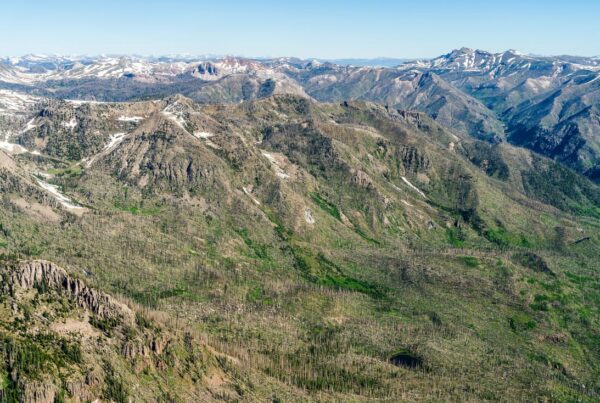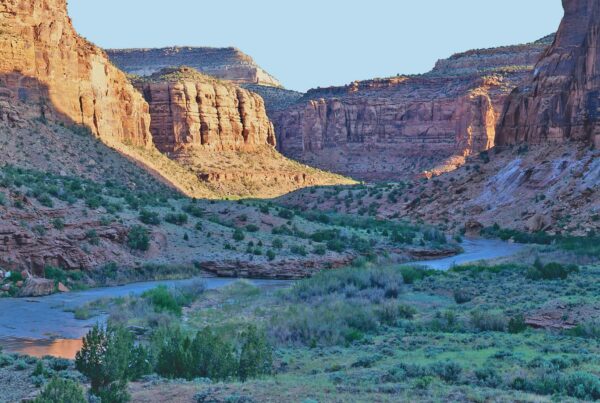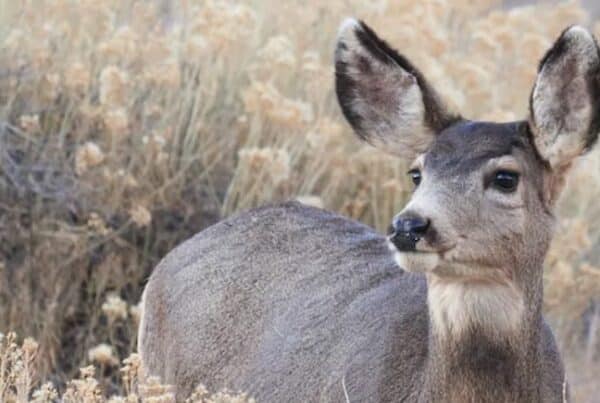This week marks the 10th anniversary of long-simmering efforts to obtain added wilderness protections for the high ranges of the San Juan Mountains.
Back in 2009, then Rep. John Salazar first introduced the San Juan Mountains Wilderness Act, legislation aimed at providing protections against development for cherished alpine landscapes like Mount Sneffels and Ice Lake Basin.
The legislation has advanced in fits and starts over the past decade but is poised to move past a significant threshold when the U.S. House of Representatives takes up the larger Colorado Outdoor Recreation and Economy Act in coming weeks, a comprehensive package of statewide lands protection campaigns that now includes the San Juan Mountains.
The centerpiece of the San Juan Mountains effort is completing protection for 14,158-foot Mount Sneffels and the remainder of the Sneffels range. Despite the existing Mount Sneffels Wilderness, only the southwest flank of the peak itself is within the wilderness area. The spectacular north face of Mount Sneffels, and the range of summits east of the peak, lie outside the existing wilderness boundary.
These comprise one of the most recognizable, and frequently photographed, mountain scenes in all of Colorado – the snow-dusted Sneffels range towering behind the blazing fall colors of Dallas Divide.
As might be expected, completing the wilderness protection for Mount Sneffels has garnered widespread support. The Forest Service has twice recommended the expansion, and surrounding local communities overwhelmingly endorse these protections as evidenced by resolutions of support from nearby local governments.
In fact, San Juan Mountains wilderness protections have repeatedly received the unanimous support of all of the elected county commissioners from the three surrounding counties – Ouray, San Juan and San Miguel.
The CORE Act also includes an expansion of the Lizard Head Wilderness to take in the approaches to 14,017-foot Wilson Peak. A few years back, the Trust for Public Land and the Forest Service partnered to acquire private lands blocking legal access to this iconic fourteener, and the legislation accordingly adds the flanks of Wilson Peak to the wilderness.
Another of the San Juans’ most notable destinations, Ice Lake, would be protected against new roads or future mining as part of the Sheep Mountain Special Management Area, a designation a notch below wilderness on the scale of protection.
The CORE Act also accomplishes the first wilderness designation of desert wildlands managed by the Bureau of Land Management in Southwest Colorado, the shale slopes and sandstone cliffs of McKenna Peak in the Disappointment Valley.
All of which makes the looming vote for House passage such a landmark occasion. A decade’s worth of unrelenting conservation advocacy by local elected officials, business owners and backcountry recreationists has finally led to this point.
Rep. Salazar’s initial effort was delayed after his defeat by Rep. Scott Tipton in 2010. Focus shifted to the U.S. Senate, where first Sen. Mark Udall and then Sen. Michael Bennet took up the torch for San Juan Mountains wilderness.
At the beginning of this year, Bennet combined the San Juan Mountains bill into the comprehensive statewide CORE Act, and this new effort was co-sponsored in the House by Rep. Joe Neguse, representing areas in Summit County.
A House vote on the CORE Act, including the San Juan Mountains, could occur as soon as late October. On the Senate side, Bennet has requested a hearing on the bill, and is only awaiting support from Colorado’s other senator, Cory Gardner.
Perhaps it is fitting the legislative slog as been as slow and breathless as ascending to the thin heights of the fourteeners that comprise the heart of the effort. Will this finally be the year we summit?
This content first published in The Durango Herald’s Thinking Green Column here.




